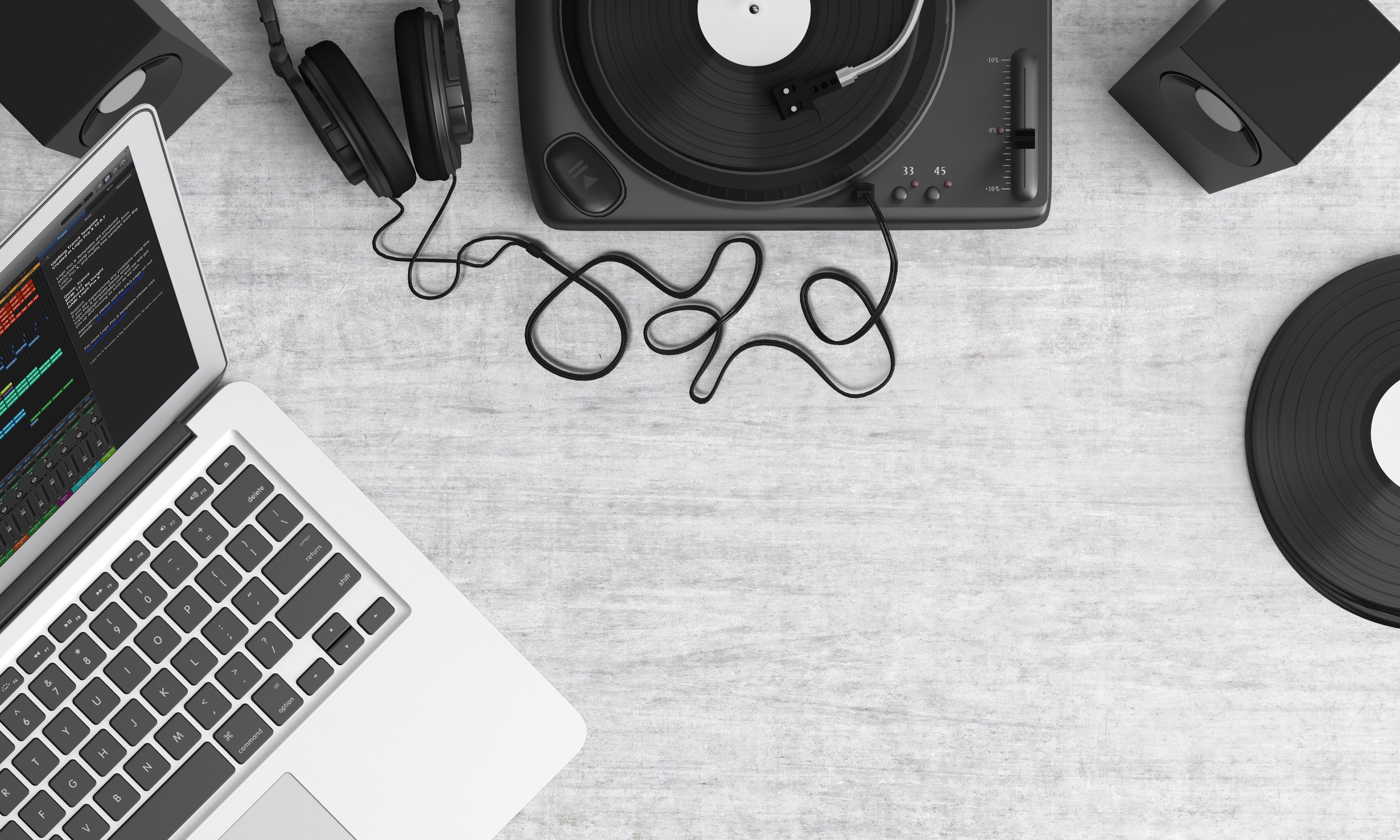August 11, 2020
What is K-12 music education going to look like moving forward with a new, non-traditional “classroom?” Guest David Jewell says, “It is important to keep music at the forefront in the ‘new normal.’ …If you are not at the table, you are on the menu. One person can make a big difference. Take that step and be at the table.” We discuss the “why” and “how” of keeping music at the forefront in whatever form the “classroom” takes moving forward.

Guest
My guest today is David Jewell. Dave is the Partnerships and Alliances Manager for Yamaha Corporation of America. In this role, he has lobbied for Music Education in Washington, D.C. for the last 8 years. He is involved in leadership with the Music Trade association, NAMM; as well as many other educational and philanthropic initiatives. David holds a bachelor degree in Marketing and Management from the University of Wisconsin-Madison and a masters in Percussion Performance from Louisiana Tech University.
Notes
- David was involved in the NAMM Advocacy Summit in June, and a quote of his from that event really caught my eye. He said: “It is important to keep music at the forefront in the ‘new normal.’ … If you are not at the table, you are on the menu. One person can make a big difference. Take that step and be at the table.”
- I ask David: “As you have your finger on the pulse of what is happening with these new school classroom scenarios, what are some trends you’re seeing in K-12 Music Education?”

David Jewell, Katrina Kures party - David references the Every Student Succeeds Act (ESSA), signed into law on December 10, 2015.
- David is involved in many initiatives designed to help kids get a well-rounded education that includes music and arts.
- We discuss “why” and “how” music should be kept at the forefront in the new normal of education.
- We discuss action steps for parents, schools.
- We mention “The Curse of Knowledge” concept popularized by Chip and Dan Heath in the book Made to Stick.
Connect/Other Resources
- Yamaha Educators Suite website for educators
- Socials: @YamahaMusicUSA
- David recommends checking out the Arts Education Data Project for current arts education data. Look up the statistics for districts in your state; compare the music participate rates to graduation rates within various districts.
-
I mention the Soundtrack of My Life project from the book Music Mosaic (May 2020), by Anna Wentlent. Anna says: “This particular project tasks students with creating a personal soundtrack by selecting music to represent the elements of their lives: family, friends, hobbies, etc. First they will organize their thoughts on paper and then they will make a digital playlist by summarizing their selections in a Google Slides file and inserting a high-quality video file for each song choice (music video, movie clip, live performance, etc.).
“The self-reflective nature of this project lends itself well to at-home work, and will keep your students engaged even as they work alone without the oversight of a teacher. And even more importantly, they’ll be preparing a final product that can be presented to you and other students in the class via an online platform like Google Classroom, maintaining the personal connections that are currently missing in our lives. I know my students so much better after reading their projects.”
Coda
David describes a memorable experience of advocating for music in Washington, DC; performing afterward with the Capitol Building as a backdrop; and dancing with James Brown’s daughter at the event!
Closing Words
Thank you so much, David, for sharing with us today, and for all you do to enhance lives with music. I really think that this hybrid and distance-learning situation could be a great opportunity for school music programs to do something completely outside the box. Rather than try to shoe-horn the “way things have always been done” into current restrictions and technology limitations, I think it would be the perfect time to do something fresh and new that takes advantage of all that technology has to offer. That could involve assigning students to create an instructional video on how to clean a flute; or creating a Soundtrack of My Life project (see details, above); it could be to research a contemporary composer or artist who is alive now, and connect with them through email – maybe even interview them! Or create their own synchronized band/choir/orchestra piece with a small group – a scaled-down version of Eric Whitacre’s Virtual Choir concept. There are so many world-class musical performances that are available right now to stream online, often for free; students could be assigned to watch one of these performances and write about it. Or research a music-related topic they are interested in, like the renewed popularity of vinyl albums. I think the new hybrid or remote music classroom could be really fun and refreshing for students AND teachers! If you know of any school music teachers who have exciting, creative ideas for music-education-outside-the-box for this school year, please let me know – I would love to hear about them! Personally, I was really intrigued by what David had to say about the social-emotional benefits of music education, and how they are more important than ever during these times of change and uncertainty. I have found a guest to talk with us about this topic later this month; so stay tuned for more information on that subject. As always, I’d love to hear from you! You can connect with me on social media, email, and my website. Thank you so much for joining me today. Until next week, may your life be enhanced with music.


2 responses to “Ep. 55: “If you are not at the table, you are on the menu.” Music education in the new “classroom,” with David Jewell”
Great interview! Bravo!!
Mindy, thanks so much for allowing me to be interviewed by you. I love your passion and dedication to music education!!